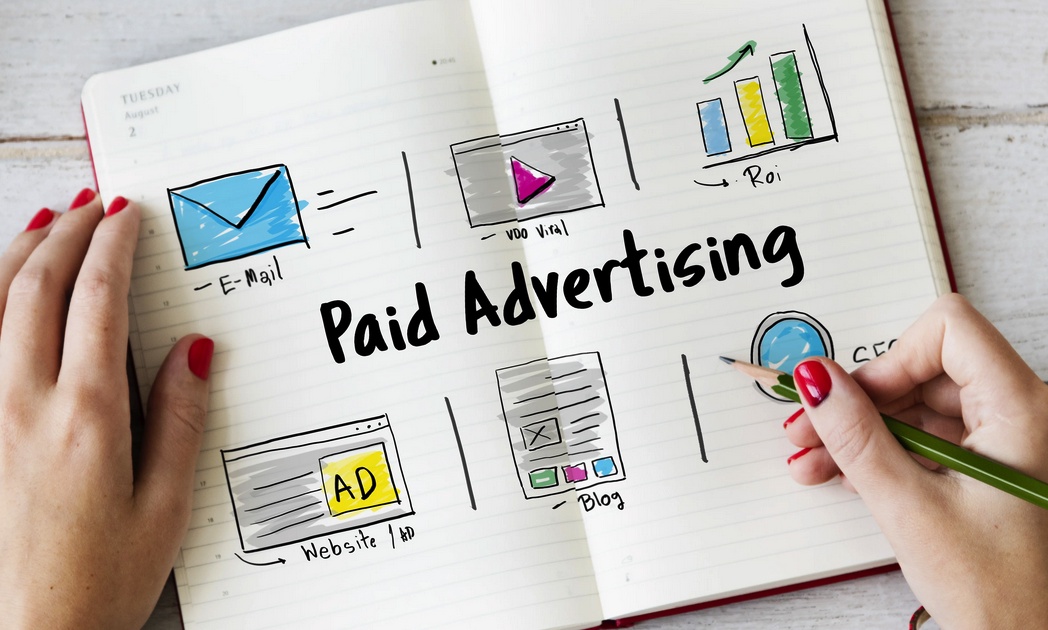In the fast-paced world of digital marketing, paid advertisements play a crucial role in driving targeted traffic to websites, boosting brand visibility, and generating leads. This article aims to provide a comprehensive overview of paid advertisements in digital marketing, exploring their benefits, types, and best practices to help businesses achieve successful online advertising campaigns.
Benefits of Paid Advertisements
Paid advertisements offer numerous advantages for businesses aiming to establish a strong online presence. Here are some key benefits:
1. Increased Visibility
By utilizing paid advertising strategies, businesses can ensure their brand reaches a wider audience. These advertisements can appear on search engine results pages (SERPs), social media platforms, websites, and other digital channels, allowing businesses to enhance their visibility among potential customers.
2. Targeted Reach
One of the major advantages of paid advertisements is the ability to target specific demographics, interests, and behaviors. With advanced targeting options, businesses can reach the right audience, maximizing the chances of conversion and reducing ad spend wastage.
3. Quick Results
Unlike organic methods, paid advertising can deliver immediate results. Businesses can quickly drive traffic to their websites, generate leads, and increase conversions by strategically running paid ad campaigns.
4. Measurable Performance
Paid advertisements provide comprehensive analytics and tracking tools, enabling businesses to measure the performance of their campaigns accurately. This data-driven approach allows marketers to optimize their strategies, identify areas for improvement, and maximize return on investment (ROI).
Types of Paid Advertisements
Digital marketing offers a range of paid advertising options to suit different business goals and target audiences. Let's explore some of the most common types:
1. Search Engine Advertising
Search engine advertising, often referred to as pay-per-click (PPC) advertising, involves bidding on keywords to display ads on search engine results pages. This type of advertising allows businesses to target users actively searching for relevant products or services, making it highly effective in driving qualified traffic.
2. Display Advertising
Display advertising involves placing image-based or rich media ads on websites, blogs, and other digital platforms. These visually appealing ads aim to capture users' attention and generate brand awareness. Display ads can be targeted based on demographics, interests, and browsing behavior.
3. Social Media Advertising
Social media platforms like Facebook, Instagram, Twitter, and LinkedIn provide powerful advertising opportunities. With highly detailed user data, businesses can create targeted ad campaigns to reach specific audiences based on demographics, interests, and behaviors.
4. Video Advertising
Video advertising has gained significant popularity in recent years. Platforms like YouTube offer businesses the ability to display video ads before, during, or after user-selected videos. Video ads can be highly engaging and have the potential to convey messages effectively.
5. Native Advertising
Native advertising involves creating ads that blend seamlessly with the platform's content, providing a non-disruptive user experience. These ads match the look, feel, and tone of the platform on which they are displayed, increasing the likelihood of user engagement.
Best Practices for Successful Paid Ad Campaigns
To achieve optimal results with paid advertisements, businesses should follow these best practices:
1. Define Clear Goals
Before starting any paid advertising campaign, it is essential to establish clear objectives. Whether it's increasing website traffic, generating leads, or boosting brand awareness, defining goals will help guide the campaign strategy and measure success accurately.
2. Conduct Keyword Research
For search engine advertising, thorough keyword research is crucial. Identify relevant keywords that align with your business and target audience's search intent. Use tools like Google Keyword Planner and SEMrush to discover high-volume and low-competition keywords.
3. Craft Compelling Ad Copies
Creating compelling and concise ad copies is essential to capture users' attention and entice them to click. Highlight unique selling propositions, include strong call-to-action (CTA) phrases, and ensure the ad copy aligns with the landing page to improve conversion rates.
4. Implement Conversion Tracking
Tracking conversions is essential to measure the success of paid ad campaigns. Implement conversion tracking pixels or codes on relevant pages to monitor user actions, such as purchases, form submissions, or sign-ups. This data will provide valuable insights for campaign optimization.
5. Continuously Optimize Campaigns
Paid advertising campaigns require ongoing optimization to improve performance. Regularly review key metrics such as click-through rates (CTR), conversion rates, and cost per acquisition (CPA). Adjust bidding strategies, ad placements, and targeting options to maximize ROI.
Conclusion
Paid advertisements have become an indispensable component of digital marketing strategies. With the ability to reach a targeted audience, drive traffic, and achieve measurable results, businesses can leverage paid advertising to outperform competitors and achieve their marketing goals. By following best practices, continuously optimizing campaigns, and staying updated with industry trends, businesses can unlock the full potential of paid advertisements in the digital landscape.


No comments yet